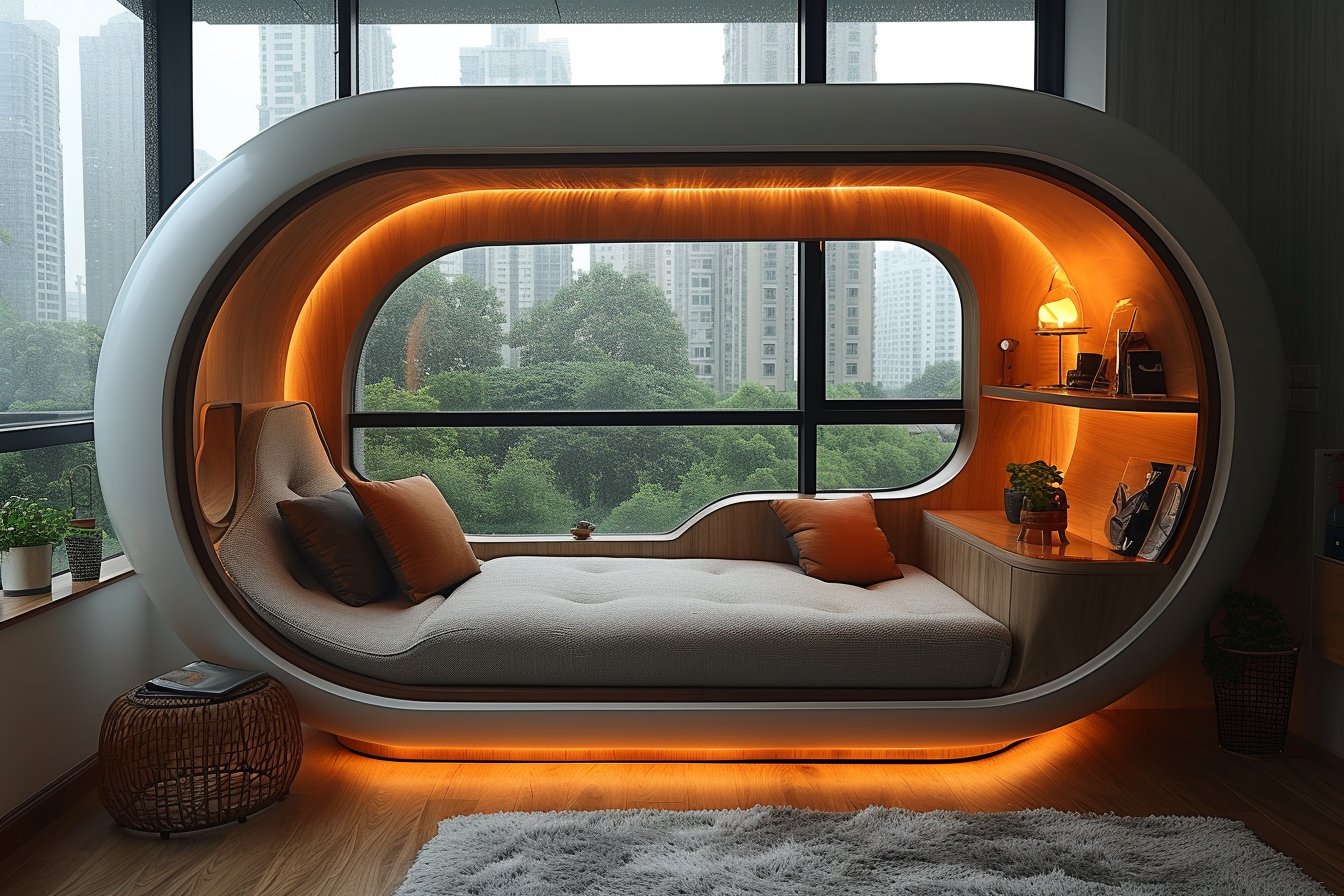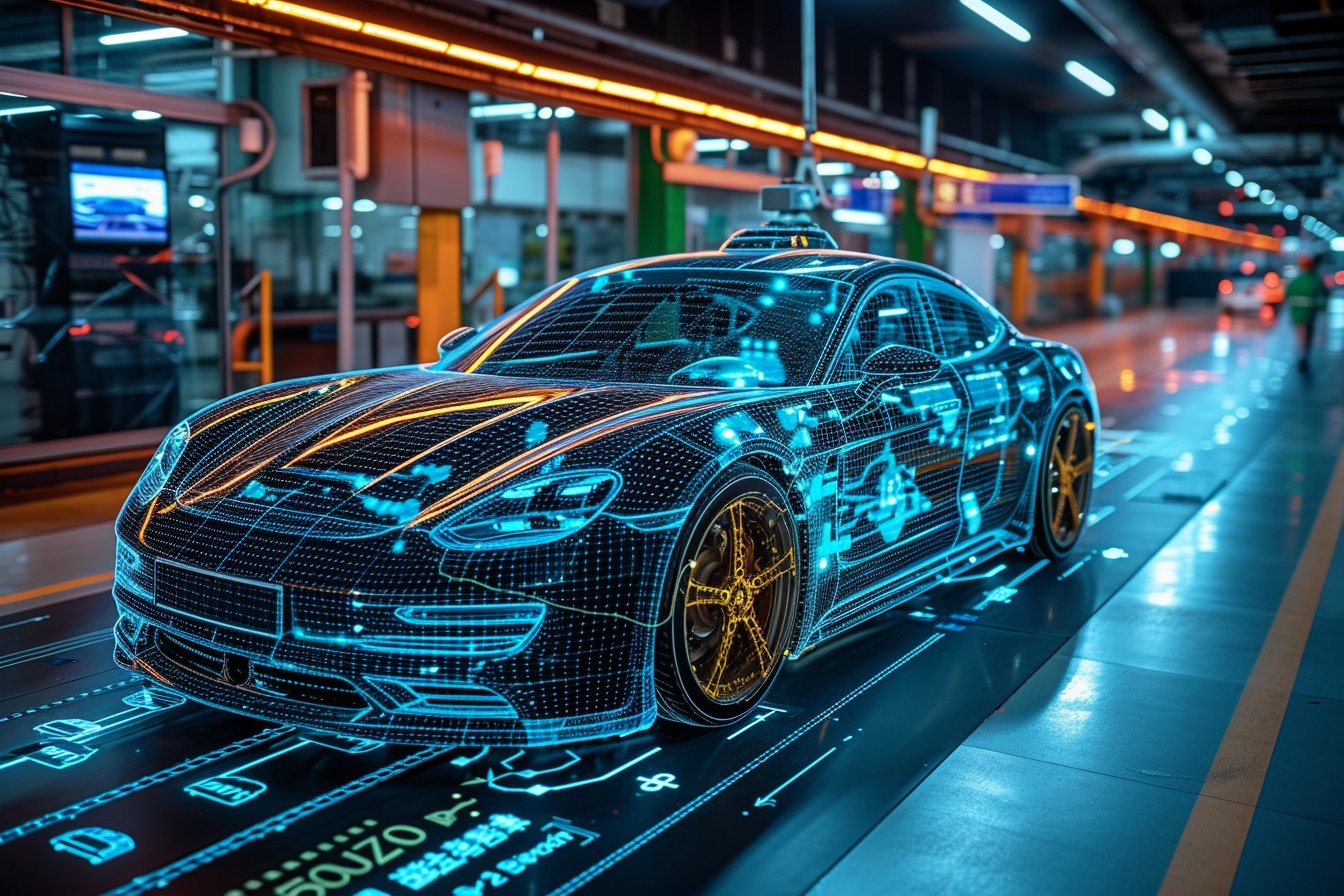The world of marketing digital has come a long way since the advent of traditional print and television advertisements. With the rapid technological advancements, businesses are constantly adapting to new ways of presenting their products and services. One such strikingly innovative strategy making waves in the realm of product presentation is the use of 3D animation.
What is 3D Animation?
3D animation refers to the process of creating three-dimensional moving images using computer graphics software. These animations transform static objects into dynamic visuals that help convey a story or showcase a product’s features. In recent years, the technique of 3D animation has gained immense popularity in various fields, such as advertising, gaming, architecture, and multimedia education.
Why Opt for 3D Animation in Presenting Products?
There are several reasons why marketers and businesses are increasingly opting for this cutting-edge technique when it comes to product presentations:
- Visual Appeal: 3D animation adds depth and realism to visuals, captivating viewers’ attention and providing them with an immersive experience. This not only makes the presentation more engaging but also helps the audience remember the product being showcased.
- Flexibility: Unlike conventional marketing media, animated scenes can be easily modified or extended without significant challenges. This allows for seamless updates and adaptations, ensuring that the promotional material remains relevant and up-to-date at all times.
- Cost-effectiveness: Although the initial investment in creating 3D animated content may seem steep, the long-term benefits far outweigh the expense. Considering that these animations can be edited or repurposed without much hassle, businesses can save a considerable amount on marketing material over time.
- Interactivity: With technological advancements like augmented reality (AR) and virtual reality (VR), incorporating 3D animations into immersive product presentations allows users to interact with the product. This creates a deeper connection between the customer and the product, which leads to increased interest and higher conversion rates.
Applications of 3D Animation in Product Presentation
3D animation has been successfully employed by marketers across various industries for a myriad of applications. Some of these include:
Product Demos
The primary purpose of product demos is to showcase how a particular item functions or operates. Incorporating 3D animation adds depth and detail to these demonstrations, allowing potential customers to visualize themselves using the product. Furthermore, complicated mechanics or features can be easily broken down and visualized through simulation, making it easier for audiences to understand and relate to the product on offer.
Interactive Catalogues
Incorporating 3D animations into digital product catalogs makes for a more interactive and engaging browsing experience. For instance, viewers can rotate or zoom in on products in real-time, helping them gain a better understanding of the item’s design and functionality. This level of interactivity can significantly enhance user trust and confidence in the brand, and therefore boost sales conversions.
Educational Material
3D animation can play a significant role in creating educational content for potential customers. For instance, explainer videos provide detailed information about a specific product, guiding the viewer through its various features and benefits. Animated infographics, on the other hand, highlight key data points related to the product while maintaining an aesthetically pleasing presentation. This helps simplify complex concepts and further entices the consumer to engage with the brand.
Showcase Booths
Trade shows and exhibitions see businesses competing for visitors’ attention, making it crucial for them to create eye-catching presentations. Integrating 3D animations in their showcases can help keep visitors engaged, while appealing visuals paired with accurate product demonstrations facilitate a lasting impression on potential clients.
The Future of 3D Animation in Marketing
The ever-evolving landscape of digital marketing constantly prompts new trends and innovations. In this context, there is no doubt that the use of 3D animation in marketing will continue to grow and evolve in the coming years. Experts predict the widespread adoption of AR and VR technologies driven by advancements in mobile devices, which can potentially lead to more immersive shopping experiences using 3D animated content.
Making the Most of 3D Animated Content
To ensure optimal results from adopting 3D animation in your marketing strategy, consider the following tips:
- Focus on quality over quantity: It’s crucial to invest resources into creating high-quality animations, as poor execution can harm your brand image and deter potential customers.
- Make it practical: Although stunning visuals are important, don’t lose sight of the purpose: presenting your product effectively. Ensure the animations enhance viewers’ understanding and demonstration of functionality.
- Diversify your approach: As appealing as 3D animations can be, they must work in conjunction with other marketing strategies such as social media, blog articles, email newsletters, and podcasts. A well-rounded approach will help maximize exposure and reach a wider audience.
In conclusion, 3D animation is paving the way for revolutionizing product presentations and offers a multitude of benefits to boost marketing efforts. As technology continues to evolve, businesses must adapt to these modern techniques in order to stay competitive and drive better engagement with their target audience.






